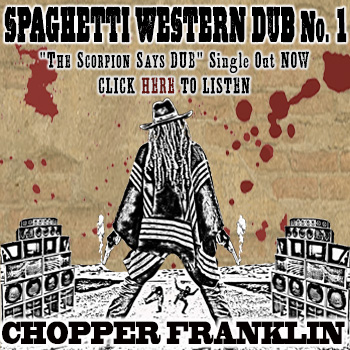Old West Book Review: Charles Goodnight: Father of the Texas Panhandle
 Charles Goodnight: Father of the Texas Panhandle, William T. Hagan, University of Oklahoma Press, (405) 325‑3200, $19.95, Paperback. Illustrations, 168 pages, Maps, Bibliography.
Charles Goodnight: Father of the Texas Panhandle, William T. Hagan, University of Oklahoma Press, (405) 325‑3200, $19.95, Paperback. Illustrations, 168 pages, Maps, Bibliography.
Pioneer rancher and cattle baron of the Southwest, Charles Goodnight is known for his exploits as a Texas Ranger, scout, Indian fighter, and businessman. This book only touches upon Goodnight’s early life, and is really aimed at the last 30 years of his life. Complete biographies about Goodnight are written by J. Evetts Haley titled Charles Goodnight: Cowman and Plainsman, and The No‑Gun Man of Texas, by Laura V. Hamner.
Born in Illinois in 1836, Goodnight’s childhood included hard work, poverty, and long hours of drudgery on a farm. His education included only two years of school. However, he grew into a man of sharp business ability combined with his dedication to hard work. He blazed cattle trails in Texas, Colorado and Kansas but is best known for his exploits during the early days of Texas. When Goodnight was 28 years old, he was a member of the Ranger unit who found the white Indian captive Cynthia Ann Parker. Years later, Goodnight would become friendly with her son, Quanah who became a Comanche spokesman.
One incident in the life of Charles Goodnight is told about in the memorable Larry McMurtry Western movie “Lonesome Dove.” During a cattle drive through Colorado, Goodnight’s business partner Oliver Loving was fatally wounded by Indians, and the dying man requested that his body be returned to Texas. Goodnight made good on his promise, having Loving’s body packed in charcoal to make the long wagon journey back home.
This book covers the years spent building his ranches in the Texas Panhandle, with the financial banking of wealthy investors from as far away as Ireland. Foreign speculators had the money, and Goodnight had the experience and guts. Standing over 6 feet tall, weighing 200 pounds, a six‑gun on his hip and with grizzled beard and no‑nonsense steely eyes, Charles Goodnight seemed to fear no one.
Goodnight married a Texas school teacher named Mary Dyer, whose portrait shows her to be a thin‑lipped, cold‑eyed woman whose no‑nonsense demeanor seemed to match her husband’s. The couple had no children. After many years of hard ranch life, Goodnight described his wife as being a truly strong woman who even though living with no female companionship, and 75 miles from town, made married life cheery and pleasant.
Fights with partners, the railroad, encroaching neighbors, and politics are covered in this book. Goodnight remained sympathetic to the Indians’ plight, even though having been an Indian fighter in the 1870s with the Texas Rangers, he understood how these people had been forcibly removed from their land.
During the last year’s of Goodnight’s life, he sold most of his ranch holdings. Mary died several years before Goodnight did, and he was about to spend the last few years of his life in lonely isolation when a 26‑year‑old lady named Corrine Goodnight showed up wondering if they were related. The 91‑year‑old Goodnight enjoyed her company, hired her to be his secretary, and soon thereafter married her.
The couple traveled to Arizona, taking up residence first in Phoenix and then moving to Tucson where Goodnight died Dec. 12, 1929. Corrine had him laid to rest beside his first wife Mary, in Goodnight, Texas.
Charles Goodnight out‑lived most of his friends, and all of his enemies. He and Mary built a ranching empire in Palo Duro Canyon in the 1870s, and they are remembered for their contributions to the cattle industry, as well as being an inspiration to those dedicated to hard work, determination, and honest dealings.
Editor’s Note: The reviewer, Phyllis Morreale‑de la Garza is the author of many books about the Old West including Hell Horse Winter of the Apache Kid, Silk Label Books, P.O. Box 700, Unionville, New York 10988 Ph. (845) 726‑3434 www.silklabelbooks,com






Leave a Reply